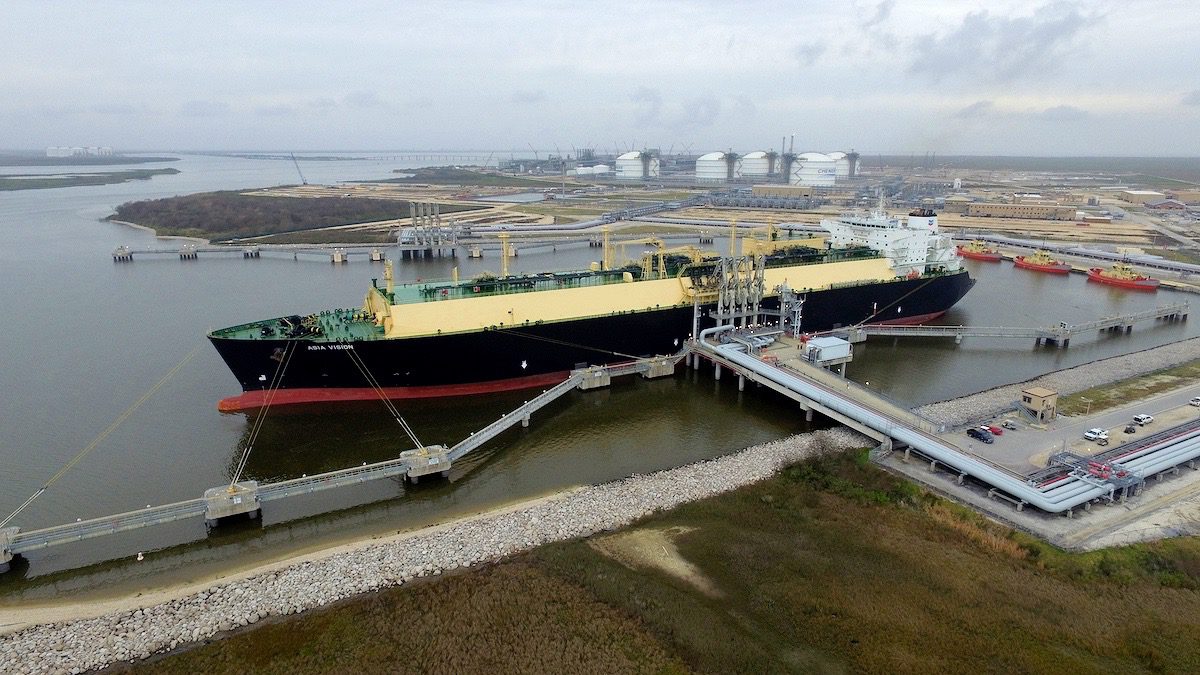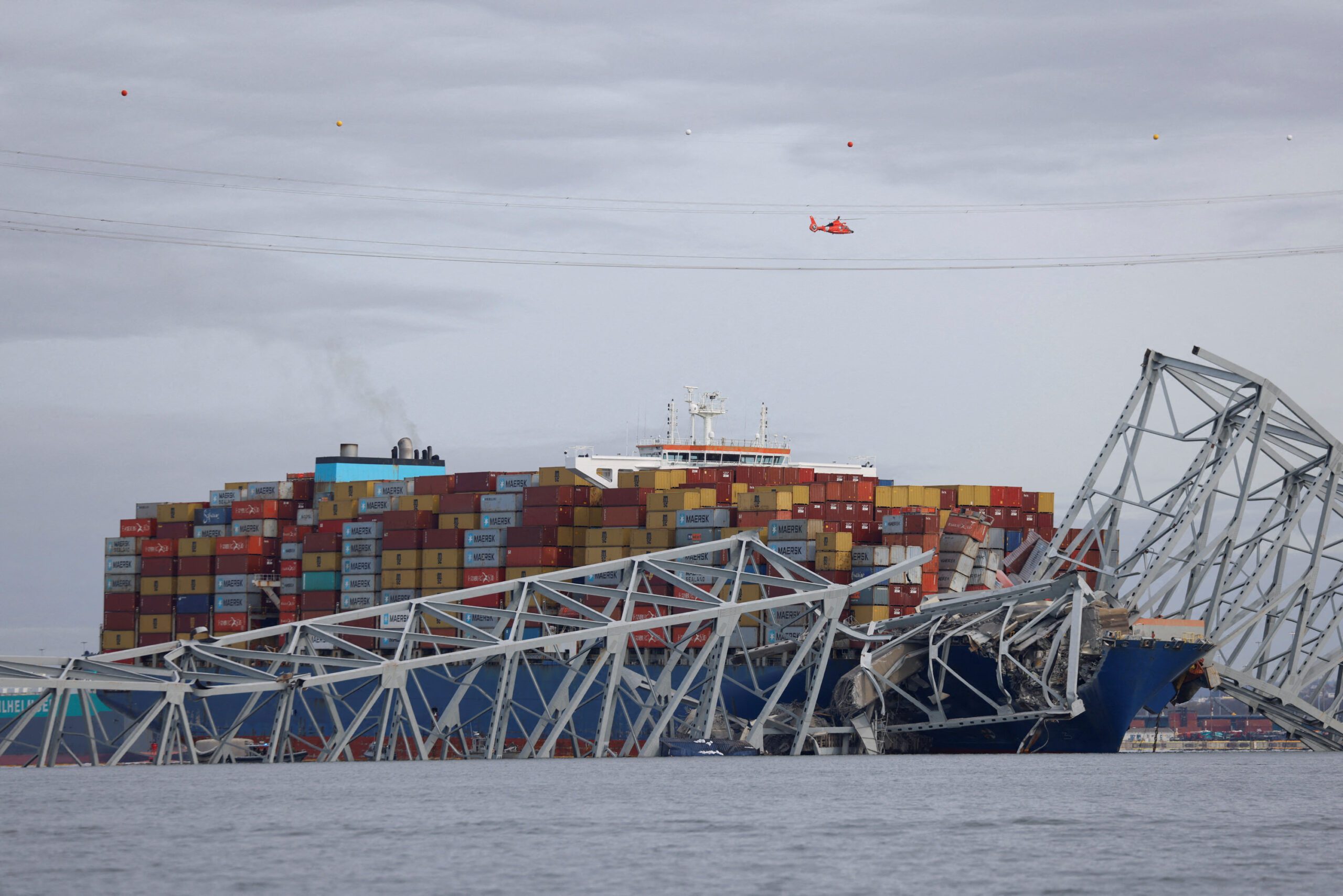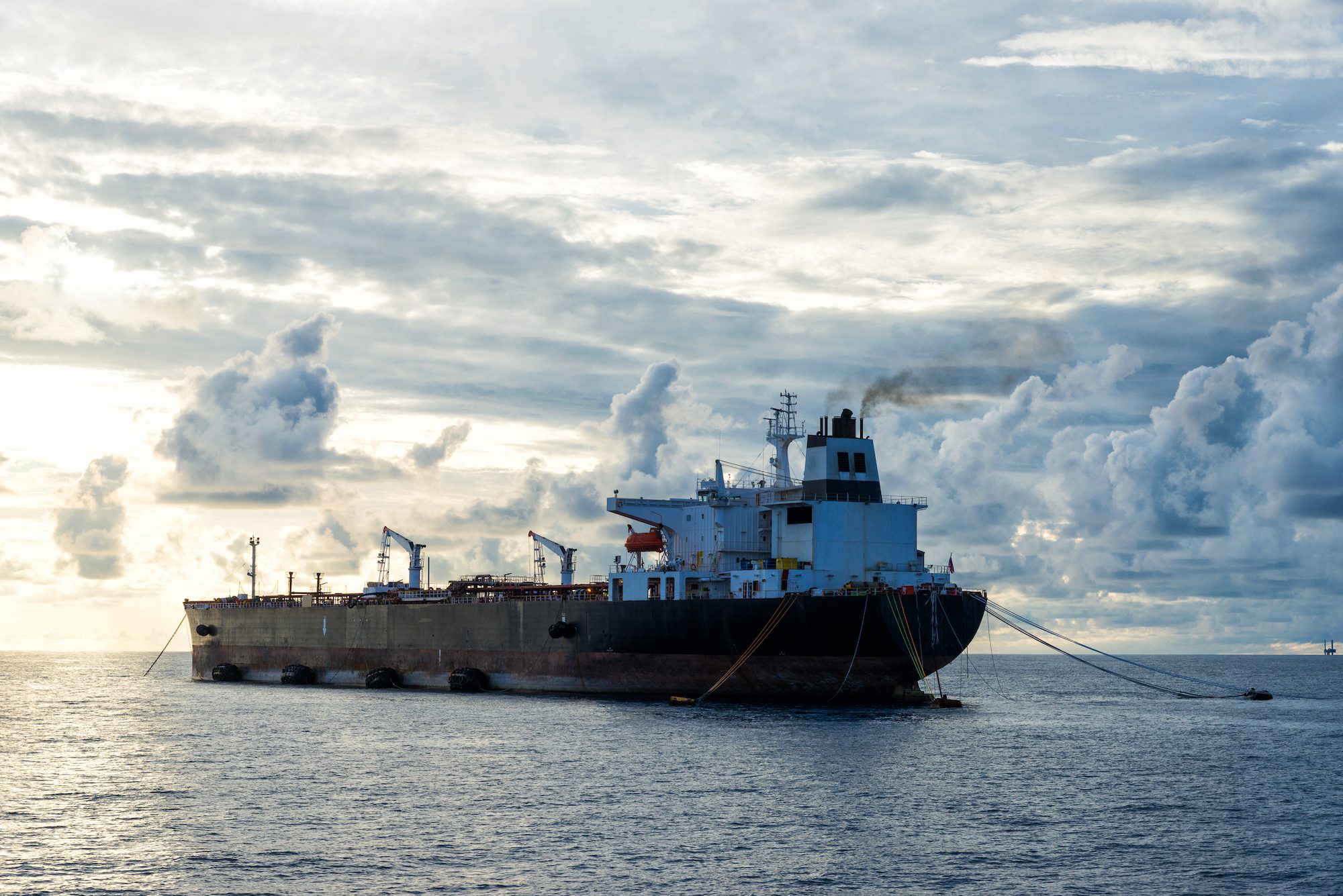Loading of the first commissioning cargo at the Sabine Pass LNG Terminal – February 2016
 By Scott DiSavino
By Scott DiSavino
March 29 (Reuters) – The last time the United States was a net exporter of natural gas was in 1957, when Dwight Eisenhower was president. That should change in 2018 when the country is expected to become the world’s third-largest exporter of liquefied natural gas (LNG).
By the end of next year, U.S. LNG export capacity in the lower 48 states will top 6 billion cubic feet per day (bcfd), or 8 percent of the country’s domestic consumption, up from zero at the beginning of 2016. Six bcfd of gas can fuel about 30 million U.S. homes, or almost every house in California, Texas and Florida combined.
That growth in U.S. LNG exports is set to transform world energy markets. Just a decade ago, before the shale revolution, the United States was expected to become a growing LNG importer, not an exporter, likely dependent on Russian, Middle East and North African gas, much as it has for decades depended on foreign crude.
Instead, the U.S. will become a competitor to the global gas powers by offering cheaper and more flexible cargoes and even a more politically palatable supplier to buyers such as the Europeans. The increased supply of North American LNG could bring more predictability to pricing through the development of more liquid trading markets.
“We are set to see unprecedented growth in U.S. LNG volumes over the next few years,” said Andrew Walker, vice president strategy at Cheniere Marketing, a unit of U.S. LNG company Cheniere Energy Inc.
The U.S. shale revolution produced a massive increase in gas output through the use of horizontal drilling and hydraulic fracturing, or “fracking,” to extract fuel trapped in shale rocks. The only other countries soon expected to supply more LNG to the world are Australia and Qatar.
LNG is natural gas that has been liquefied at extremely low temperatures for ease of storage and transport, and is increasingly replacing dirtier fossil fuels such as coal and oil to heat homes and businesses and in power plants and other industrial facilities.
The U.S. started to export LNG from the lower 48 states when the first liquefaction train at the Sabine Pass terminal in Louisiana, built by Cheniere, opened in February 2016. Five additional export terminals are expected to open by 2020, built by units of Dominion Resources Inc, Kinder Morgan Inc , Sempra Energy and Freeport LNG.
Prior to this, the only natural gas exports from the lower 48 states were via pipeline to Mexico, and the U.S. was a net importer overall of natural gas from Canada.
Since opening the terminal, Cheniere’s stock price has risen more than 50 percent, and in 2016 it reported record revenue of $1.28 billion, according to Reuters data. The company is expected to control more than half of the U.S. LNG export capacity by 2020, making it one of the nation’s biggest buyers of physical gas.
Further upstream, big U.S. shale producers such as Chesapeake Energy Corp, Cabot Oil and Gas Corp, Range Resources Corp and EQT Corp are set to benefit from increased export demand.
Company spokesman Mike Mackin said Range Resources has signed multiple LNG export contracts, including with Cheniere, saying that the projects will “provide a significant source of incremental demand growth for the U.S.”
World LNG demand is expected to double to about 71 bcfd by 2040, up from around 32 bcfd in 2015, the U.S. Energy Department estimates, driven by the rapidly growing economies in Asia, especially China and India.
Even though top LNG exporters Qatar and Australia are geographically better poised to supply the fuel at cheaper shipping costs, major energy firms such as Royal Dutch Shell Plc , Korea Gas Corp and GAIL (India) Ltd have already contracted to buy U.S. LNG.
In addition, European countries fearing supply disruptions from Russia have the potential of looking west. Moscow in the past has limited gas supply at periods of peak winter demand while seeking debt repayments from Ukraine.
The additional supply also means the potential for less reliance on some politically unstable Middle Eastern countries.
“It provides supplier diversification away from the Middle East, where much of the world’s LNG supply now comes from as well as supply route diversification,” said Jane Nakano, senior fellow at the Center for Strategic and International Studies in Washington.
MATURING MARKET
Analysts said surging LNG exports – the biggest driver of North American gas demand – could boost U.S. gas prices, which have been low in recent years. However, higher prices would also encourage energy firms to boost production to record levels, which could keep price increases small.
Natural gas benchmark prices have averaged $4.42 per million British thermal units over the last 10 years; in 2016, that average was $2.49, lowest since 1999. Even with exports, the price should remain far below that average for several years.
The maturation of the industry means buyers are looking for flexible contracts and the ability to hedge.
Last week, Intercontinental Exchange Inc said it will introduce a spot contract for U.S. Gulf Coast LNG in May, while some large global LNG buyers, including Korea Gas and China’s offshore oil and gas producer CNOOC Ltd, said they were banding together to secure flexible contracts.
LNG was historically sold in other parts of the world through long-term contracts tied to the price of oil. But of the 56 vessels that left Sabine Pass in 2016, 23 carried gas sold under spot transactions, according to the U.S. Energy Department.
“Growing use of spot market transactions will make the LNG market more flexible and responsive to supply and demand,” said Craig Pirrong, a finance professor specializing in commodities at the University of Houston.
(Reporting by Scott DiSavino; Editing by Marguerita Choy)
(c) Copyright Thomson Reuters 2017.

 Join The Club
Join The Club











